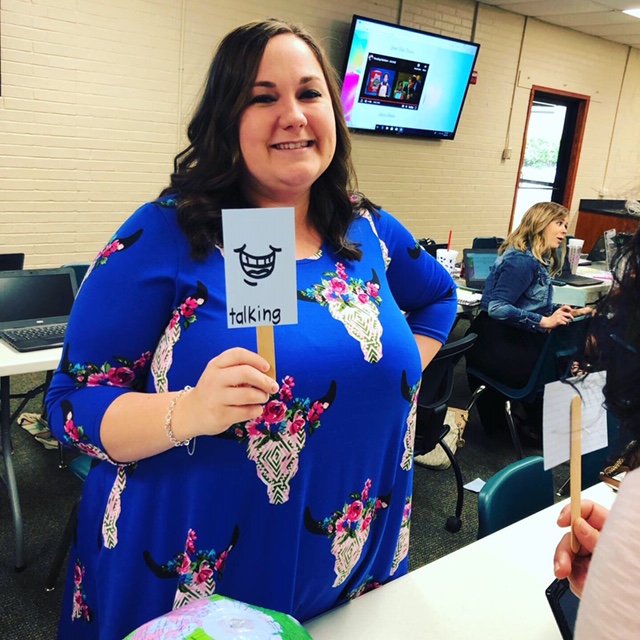Classroom Discussions Drive Thinking
The art of conversation is a life skill that must be taught to students. This past month, I worked with intervention educators on reading and writing strategies for high school students. We started the day discussing how conversations drive learning in the classroom. As we collaborated throughout the day, we processed new learning and gained new perspectives on issues within our classrooms. It was an awesome thing to be a part of! Then while listening to a podcast called "Girls Night Out" (LOL), I heard "Processing happens when you discuss with your community." There is so much truth in that statement because anytime I am making a life decision or processing a new idea, I discuss first with my close community to process my thoughts and gain new insights that I might have otherwise missed.
"Processing happens when you discuss with your community."

Holding guided discussions between students is so important when processing new learning. It gives students an opportunity to orally respond to new content and also listen to others who are processing that same content with them. Discussions also provide material to put into student's writing. Discussions always come first and then the writing follows. Edgar Dale also tells us "We remember 70% of what we discuss with others." Thats an astounding fact to think about as educators!

Here are few things I have implemented when promoting guided discussions in the classroom.
1. Teach Conversation Roles
Students need to see the roles of a conversation modeled. The roles are listening and speaking. It is important to illustrate the art of taking turns speaking/listening during a conversation and not speaking over someone else. To help with learning conversing roles, use simple "Talking Sticks" as seen below.
2. Start with Collaborative Meeting
Collaborative meeting is a large circling of students that meet up to discuss a guided topic or questions. It helps to start with a topic that they feel strongly about, such as "Should students have phones during school hours?" One student will respond to the question and then choose another students to speak next. This gives the students the opportunity to "own" the conversation and learning. Educators can participate or facilitate.
3. ELL's Aquire Language Through Practice
Discussions are an opportunity for our ELL students to practice a new language. Not only will they be speaking but they will be hearing other's modeling using language as well. Practice makes proficient. A great tool for helping all students acquire appropriate language is by having each student use an accountable talk card.

4. Discussion Circles (smaller groups)
Students can break into daily discussion circles of 3-4 students to hold their own collaborative meeting. These groups will need to change periodically but need to stay the same to help build relationships among students. This also will give students an opportunity to converse with all of their classmates throughout the year and hear many perspectives on the learning.
Ideas for K-2 Grade Students
- Use picture cards about content they are learning to stimulate the conversation
- Use "talking sticks" to learn the roles of conversation
Ideas for 3-12 Grade Students
- Use Accountable Talk Cards (PDF above)
- Use brief videos to stimulate the conversation


